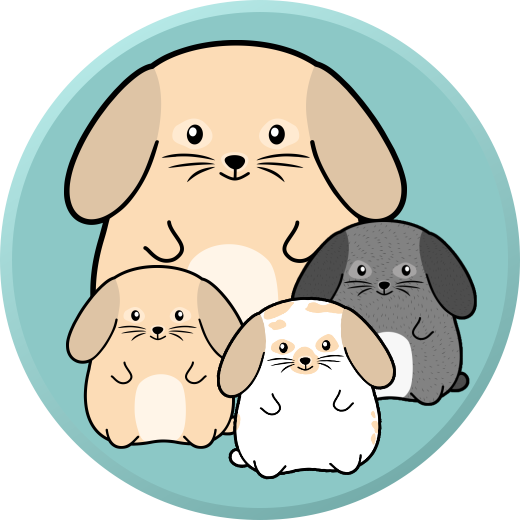Should I Spay or Neuter my Bunny?10/17/2018 In a nutshell, yes. While the risks that come with any rabbit surgery are very real, the numerous benefits of spaying and neutering bunnies are even more immense and worth considering before making any decisions.
When the weather changes from mild to hot and you break out the shorts and flip flops, your bunny will undoubtedly be shedding his/her winter fur coat. When a bunny sheds, it's called molting. Bunnies typically molt about twice a year, though one molt may be barely noticeable and the second look like a blizzard of fur. Baby bunnies have three molts their first year since they also have a baby coat to shed, but again, some of these molts will likely be mild. Removing the Loose Fur
Cozy Bunny Pillows1/18/2016 It's January in northern Ohio, which means it's pretty stinkin' cold outside (and cloudy nearly every day thanks to good old Lake Erie). Thankfully, my bunnies get to stay in our garage until the bunny barn is built, and although it is heated from the ducts underneath the second story, it does get chilly on blustery 15 degree days! Trying to think like a bunny, I imagined myself in a winter coat, sitting on metal mesh wire with my tootsies getting all cold and nasty. That might work for some, but my spoiled bunnies expect the equivalent of a Hilton, and I felt like I was providing more of a Motel 6 experience. ...but I had a solution!
|
♥ Welcome! ♥ Hook's Hollands is a small hobby rabbitry on our Ohio farm and is operated by me (Diane) with the help of my family. All of my bunnies are pampered pets whom I adore. This blog serves to spotlight various bunny care topics and share a bit about my 365-days-a-year-with-no-vacations experiences raising bunnies. Categories
All
Archives
February 2021
|



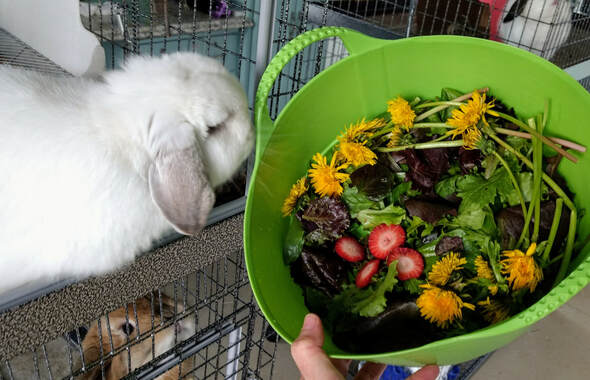
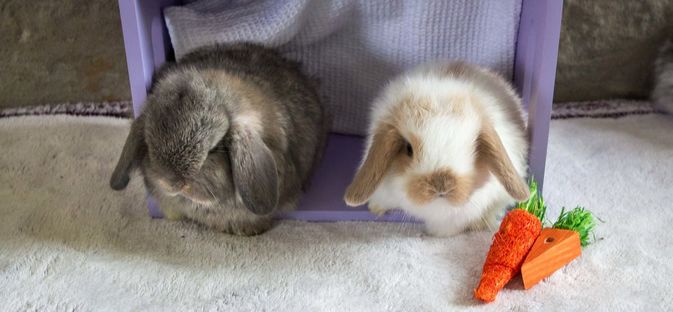
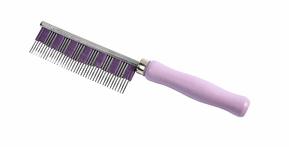
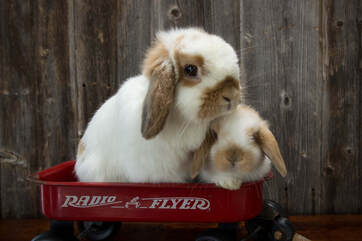
 RSS Feed
RSS Feed

